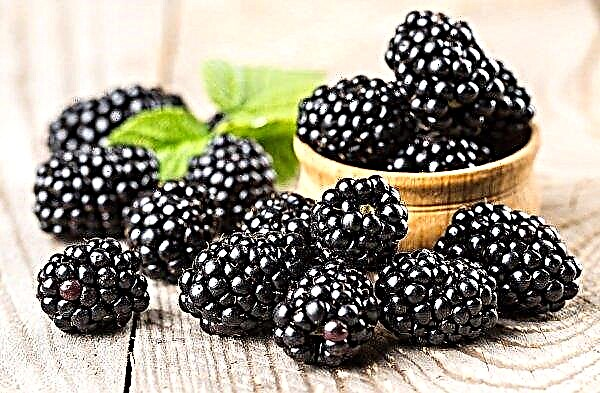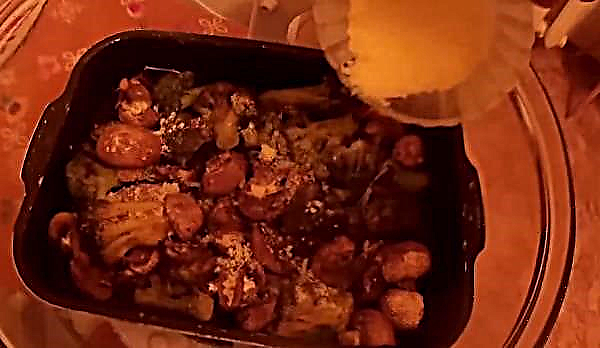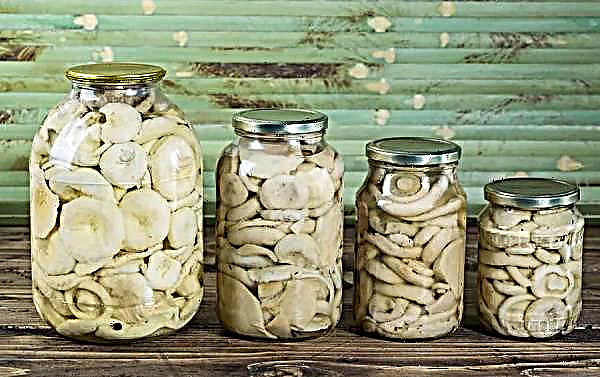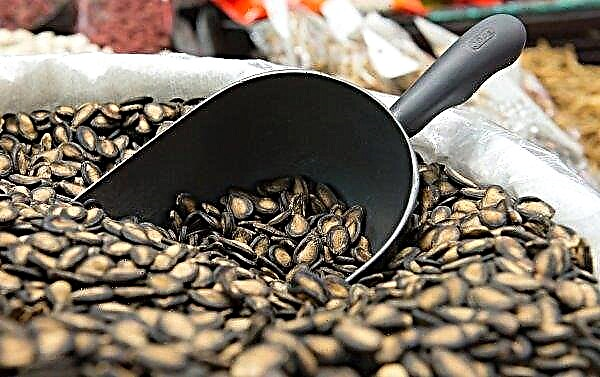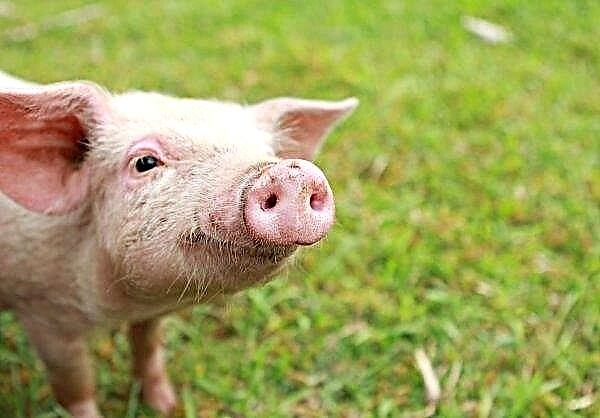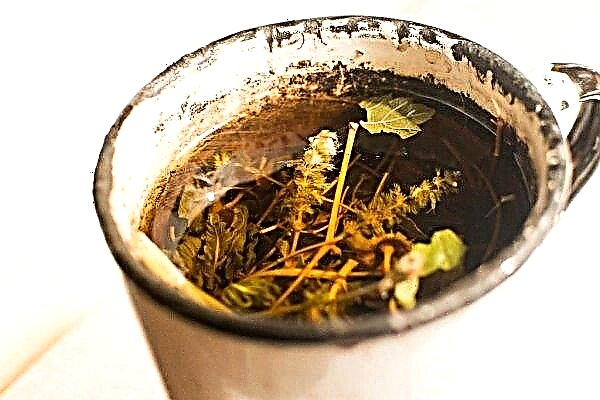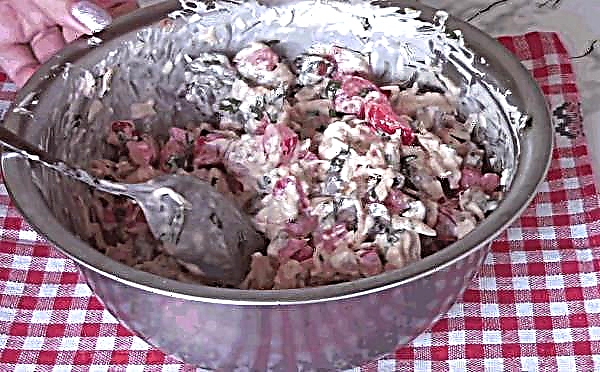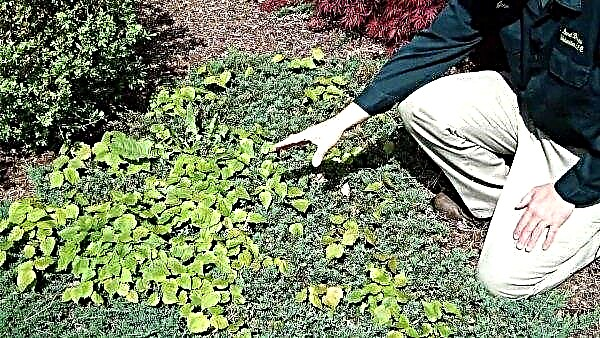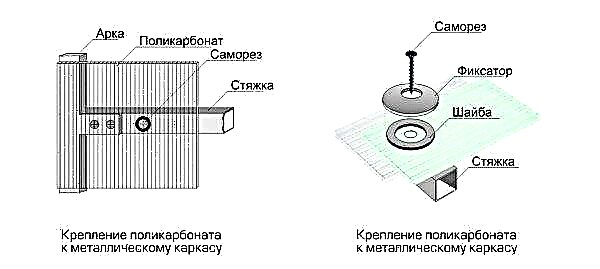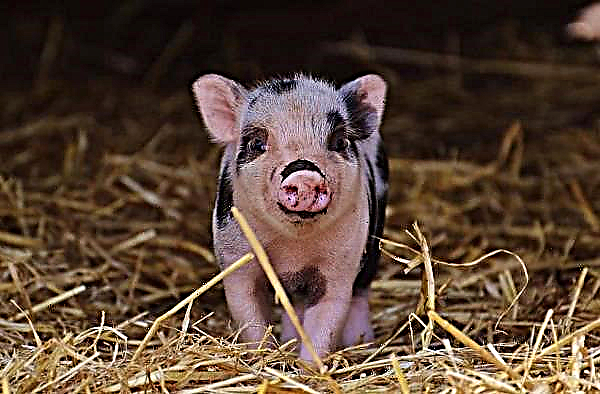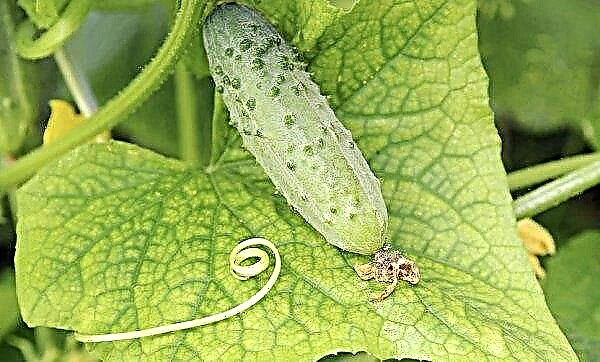To grow pepper, you need to know the technology and features of this process well. But no less responsible business is the collection of fruits. In order to get a good harvest and save it for future use, it is very important to follow all the rules for removing fruits from bushes. What are these rules - we will consider further in the article.
When is the best time to take peppers?
Bell pepper is grown both in the greenhouse and on the open ground. In order for the fruits of this culture to be stored better and longer, they must be timely, and most importantly, correctly removed from the bush. Removal time depends on the type of vegetable. The first crop can be harvested, as a rule, in mid-July, but its main part finally ripens by the end of August - early September.
Did you know? Aztecs and Mayans used hot pepper as a substitute for salt, which was not well known to them, and sweets were used as an ordinary vegetable.
In the open ground
Three main factors influence the harvest time of vegetables growing in the open air:
- ripening time, different for each individual variety: for early - 70–80 days, for later - from 130 days or more;
- a variety of culture - bitter or sweet;
- seasonal weather conditions.
Harvesting of the main part of the crop begins in mid-August, the fruits are removed with a frequency of 6-8 days. By the onset of the first frosts, not a single vegetable should remain on the bushes.

After collecting the fruits, they must be sorted by maturity. Those that do not have time to fully mature, must be folded separately for ripening.
With proper storage conditions, this crop can last a long time, even longer than tomatoes or eggplants can be stored.
The storage rules for pepper are as follows:
- The main condition is that vegetables should not have any flaws (scratches, traces of diseases, cracks, dents).
- Fruits with thin walls are best stored in the refrigerator, but first you need to cut their stalks so that a small tip remains.
- Ripe vegetables must be stored at a temperature of +1 ... + 2 ° C, and those that still ripen at +10 ... + 12 ° C.
Important! Plastic bags and boxes are excellent for storing pepper, in which the fruits need to be folded and sprinkled with sawdust.
In the greenhouse
The ripening of this crop in greenhouse conditions occurs in 90-110 days, the fruits can be harvested for a long time. The fruiting period, as when growing in open beds, depends on the variety.
Finally ripened fruits located at the level of the third tier from the soil should be selected for seed collection. Harvested vegetables need to be postponed until completely dry, and only after that seeds are taken out of them. Seeds are wrapped in paper or put in paper bags and stored until completely dry. Shelf life is 3 years.

How to understand that peppers are ripe
Signs of ripening of this vegetable crop:
- by color - vegetables should be red, yellow, pale lemon, purple;
- in size and shape, the fruit must match its variety;
- elastic pepper, poured, has a fresh smell.
In addition to these signs, it is worth considering the technical and biological ripeness of the fruit.
Did you know? Maya Indians rubbed hot gums with pepper to get rid of toothache.
Technical maturity
This type of ripeness occurs on the 20–45th day after the flowering period. The culture has not yet reached its full maturity, but they already correspond to the parameters of a ripe vegetable. Harvesting sweet pepper at this time is necessary in order to successfully transport, store and sell it. The color of the fruit may be dark green, white, yellowish. During technical maturity, vegetables are harvested selectively, every 5-10 days, until the onset of the first cold weather.
With technical ripeness, subject to storage rules, pepper feels great for up to 2 months and gradually ripens. When moving the harvested crop to a sunny or well-lighted place, full maturity will come faster than when storing vegetables in a dark place, and the color will correspond to the fully ripened fruit of its variety.

Biological maturity
This ripeness is also called physiological. This is the real ripeness of pepper, in which it reaches the required size on the bush and acquires the corresponding color. Biologically ripe fruits have bright colors - red, yellow, orange, brown, purple.
Harvested during physiological maturity is not subject to storage - vegetables must be immediately sold or processed. Collect them every 4–5 days. It must be remembered that if you collect the ripened vegetables at the wrong time, the branching of the bush may stop, which may negatively affect the volume of the subsequent harvest.
Important! A feature of bitter red pepper is that it must be collected only after the onset of biological maturity.
When determining the degree of maturity of bitter pepper, the following main signs are used:
- colorful pod color - red, orange, yellow;
- dry leaves at the bottom of the bush and yellowing upper;
- the ripened fruits of this vegetable are saturated with bitter burning substances, and if you rub a little on the skin with a pod, you should feel a burning sensation.
If the crop of bitter pepper is removed before biological maturity, it does not contain a sufficient amount of burning substances. Such vegetables are usually used for conservation.

How to collect peppers
During the harvest, there is no need to rush to collect everything at once. Wrongly removed fruit will not be subject to storage, will quickly decay, and if other vegetables are lying next to it, then they will begin to rot. Be sure to use a sharpened knife or garden shears to harvest. In no case is it possible to pick fruits from the bush - they are very fragile and delicate, they may appear breaks, cracks, dents and scratches that will lead to spoilage.
So, knowledge of the correct technology for removing pepper fruits is necessary if you want to get the most rich harvest. This technology is not complicated, but requires compliance with the rules for the collection of this vegetable crop. This way you can keep your crop for a long period.

